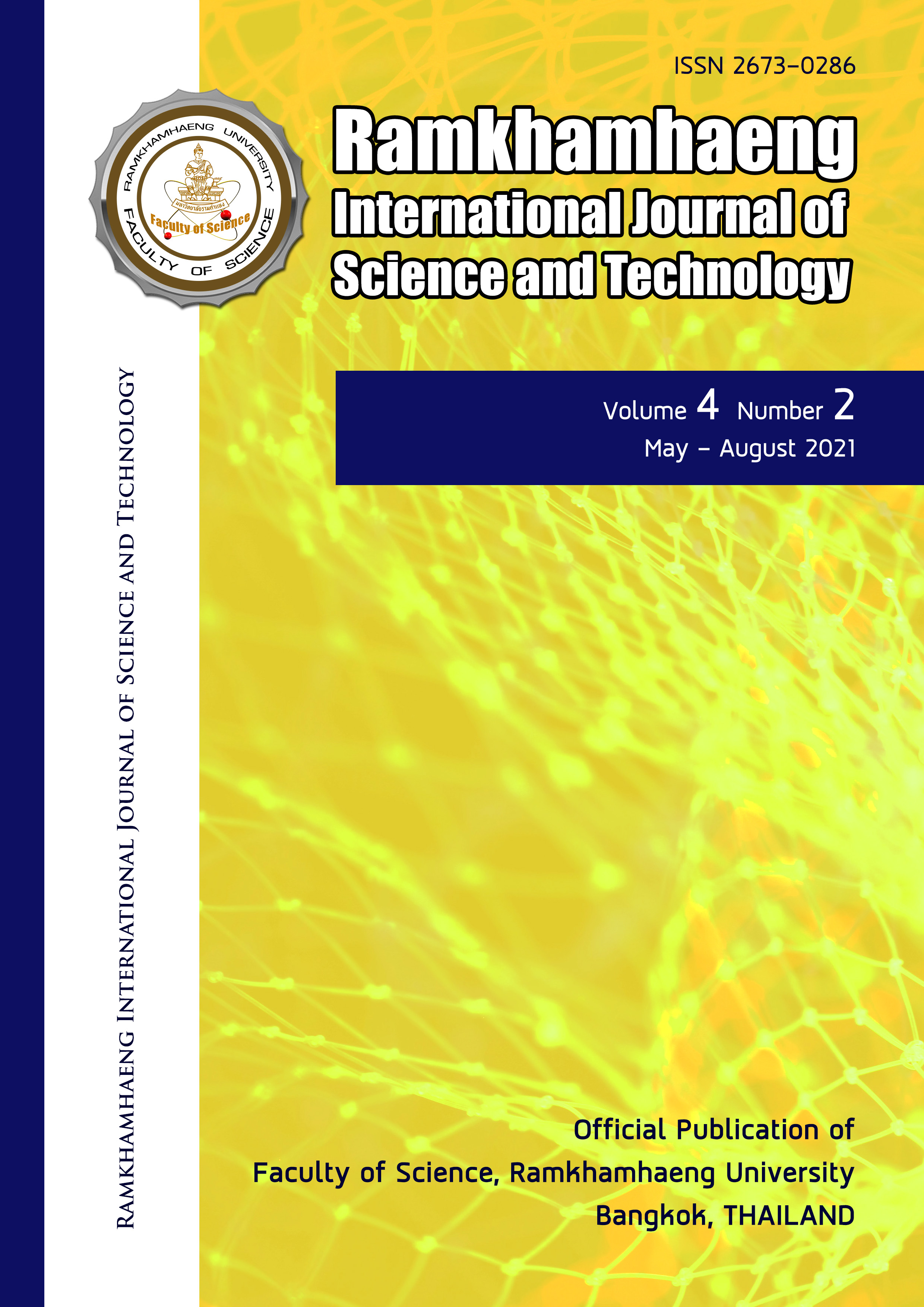Derelict fishing gears and other marine debris from coral communities on underwater pinnacles in Chumphon Province, Thailand
Keywords:
Coral community, Fishery, Ghost fishing gear, Plastic debrisAbstract
Underwater pinnacles are necessary resources, while these have a complex structure and suitable habitat for marine organisms. This area has long been heavy fishing pressure resulting cumulative by derelict fishing gear (DFG). Almost all derelict fishing gear has been marine debris pollution. A volunteer group led a reef cleanup program to conserve Thai waters (Save Our Sea) and researchers in July 2019 at five underwater pinnacles in Chumphon Province. The cleanup activities showed that all marine debris were derelict fishing gears (145 units, Coverage area was 140.01 m2). The significant occurrence in most living corals areas can divide into four categories (Fishing nets, Ropes, Monofilament lines, Fishing cages). The most coverage by DFG was fishing cages, fishing nets, and ropes (77.93, 59.86, and 4.91 m2, respectively). The impacts to coral reefs by 83.7%, with the most diverse effects including covered (34.8%), tissue loss (20.2%), diseases (10.1%), fragmentation (9.6%), bleaching (6.2%.), on corals and trapped (2.8%) with fish. Because the living coral areas were high fisheries potential and a large diversity of marine organisms that become targeted to the fishing industries, Hin Phum and Hin Thong Wo represent live coral are less than other substrates, but fishing gears were high. The clear evidence showed that most areas with high fisheries activities are marine debris accumulated more than stations that focus on tourism activities. Therefore, this study can apply to managing marine debris in the Gulf of Thailand.
References
Chiappone M, Dienes H, Swanson DW, Miller SL (2005) Impacts of lost fishing gear on coral reef sessile invertebrates in the Florida Keys National Marine Sanctuary. Biological Conservation 121(2):221-230
Clark MR, Koslow JA (2007) Impacts of fisheries on seamounts. Seamounts: ecology, fisheries, and conservation 12:413-441
Dias BFDS, Lovejoy TE (2012) Impacts of Marine Debris on Biodiversity: Current
Status and Potential Solutions. CBD Technical Series 67:11-26
English S, Wilkinson C, Baker V (1987) Survey manual for tropical marine resources. Australian Institute of Marine Science, Townsville, p 390
Kershaw P, Katsuhiko S, Lee S, Woodring D (2011) Plastic debris in the ocean. In: UNEP Yearbook Emerging Issues in our Global Environment; United Nations Environment Programme, pp 20-33
Richert John E, Jorgensen SJ, Ketchum JT, Mohajerani L, Klimley P (2017) The Importance of Pinnacles and Seamounts to Pelagic Fishes and Fisheries off the Southern Baja California Peninsula. Oceanography & Fisheries Open Access Journal 4(2):48-65
Rogers AD (2004) The biology, ecology and vulnerability of seamount communities. IUCN, Switzerland
Saphier AD, Hoffmann TC (2005) Forecasting models to quantify three anthropogenic stresses on coral reefs from marine recreation: Anchor damage, diver contact and copper emission from antifouling paint. Marine Pollution Bulletin 51(5-7):590-598
Van Putten IE, Kulmala S, Thébaud O, Dowling N, Hamon KG, Hutton T, Pascoe S (2012) Theories and behavioural drivers underlying fleet dynamics models. Fish and Fisheries 13(2):216-235
Yates KL, Schoeman DS, Klein CJ (2015) Ocean zoning for conservation, fisheries and marine renewable energy: assessing trade-offs and co-location opportunities. Journal of Environmental Management 152:201-209
Downloads
Published
Issue
Section
License
Copyright Notice: a copyright on any article in the published journal is retained by the Ramkhamhaeng International Journal of Science and Technology. Readers or Users grant the right to use of the Article contained in the Content in accordance with the Creative Commons CC BY-NC-ND license and the Data contained in the Content in accordance with the Creative Commons CC BY-NC-ND.



